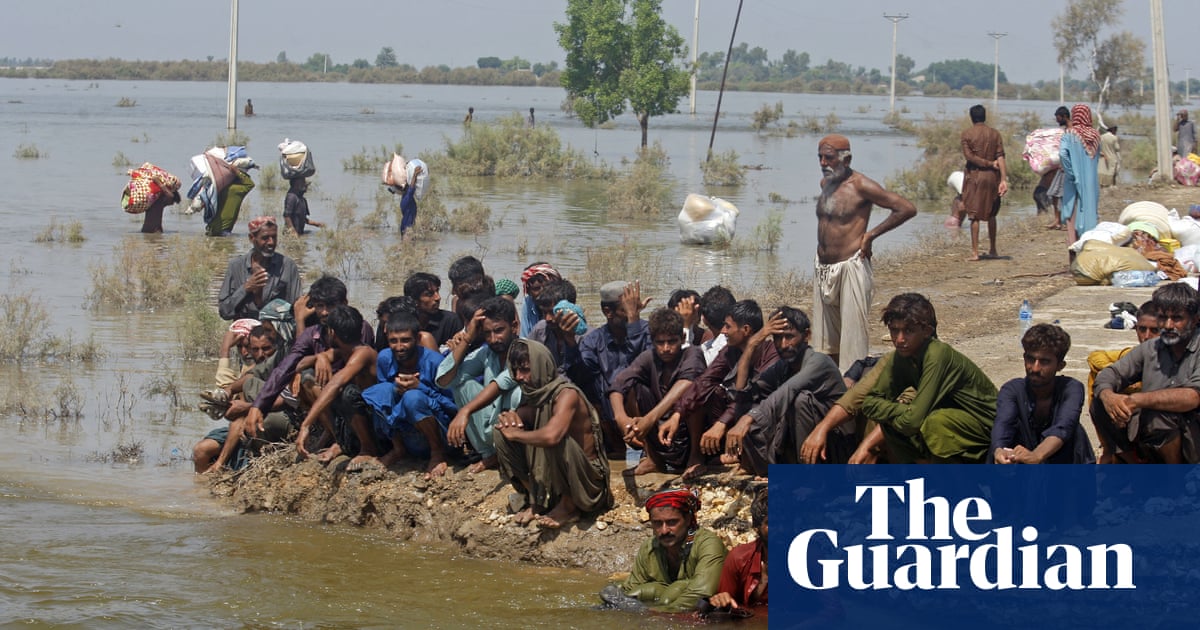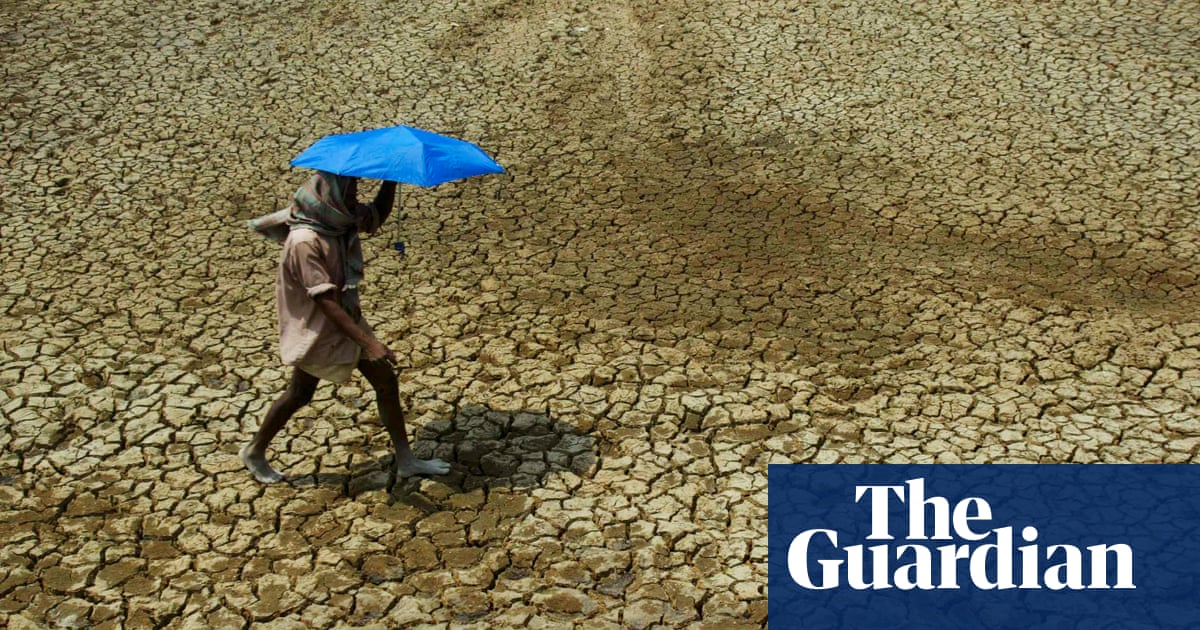
COP27, being held in the Egyptian Red Sea resort of Sharm El-Sheikh, started well. For the first time, the UN climate change conference’s official agenda included the issue of a loss and damage fund, over which the developed world — that produces the bulk of greenhouse gas emissions — has dithered for decades. And some European nations last week pledged token loss and damage funds for the developing countries that are facing climate disasters caused by these emissions.
The contentious issue of how to fund climate action has generated fierce debate among thousands of participating delegates, including government representatives and environmental activists. While there is unanimity among leaders and delegates about the magnitude of the climate threat and the need to tackle it urgently, the global divide on climate financing persists.
The Group of 77 plus China, a negotiating bloc for developing countries, insists on establishing a dedicated loss and damage financing facility. The US and other rich Western nations disagree, arguing that the current Green Climate Fund for mitigation and adaptation is enough to address climate disasters.
This sticking point may defy consensus by Friday, when COP27 ends. Ultimately though, justice is not possible without settling the loss and damage issue. Since climate destruction is happening now, mostly in poor countries, it cannot be tackled through mitigation and adaptation strategies alone. The reasons are too obvious.
Each year brings worse news about the consequences of climate change. The latest UN global climate report reiterates that the past eight years are on track to be the hottest ever recorded. The proof lies in this year’s heat waves in Europe, droughts in the Horn of Africa and, above all, devastating monsoon floods in Pakistan.
Since climate destruction is happening now, mostly in poor countries, it cannot be tackled through mitigation and adaptation strategies alone
Ishtiaq Ahmad
The 2015 Paris climate accord commits signatories to gradually reduce their reliance on fossil fuels, which cause so much of the world’s greenhouse gas emissions. In order to keep global warming below 1.5 degrees Celsius above pre-industrial levels, these emissions must be reduced by half by 2030 and reach net zero by 2050. The problem is that the transition to renewable energy is hard and long, as clear from the current global energy crisis. This means mitigation strategies to cut down global emissions are unlikely to prevent global warming from hitting 2.4 C by the end of the decade.
Adaptation is another strategy to combat climate change that the developed world champions. It involves adjusting policies and actions, ranging from building flood defenses, setting up early warning systems for cyclones and switching to drought-resistant crops to redesigning communication systems, business operations and government policies. At COP15, the developed world promised to provide $100 billion a year to developing countries for adaptation by 2020 — a pledge that remains largely unfulfilled.
Developing countries also have to compete hard and wait a long time to secure even limited climate adaptation financing from the developed world. Since the rich nations are responsible for more than half of the global greenhouse emissions since the late 19th century, they must pay the loss and damage cost to the poor countries that are suffering the most from climate disasters they did not create. Adaptation may prepare these nations for the future impacts of climate change, but it cannot address their emergent needs in the face of current and persisting climate disasters.
Only a loss and damage fund can cover the economic costs to livelihoods and property and non-economic costs to life, biodiversity and cultural heritage. The impacts from extreme weather events such as droughts and floods, as well as the slow-onset impacts that develop over time, such as the rise in sea level and melting of glaciers, are also beyond the scope of adaptation.
There is a long backdrop to loss and damage, as small island states have been asking the high-emitting countries to compensate them for the rise in the sea level since 1991. The term “loss and damage” first appeared in the 2007 UN climate talks in Bali, which led to the launch of the Warsaw International Mechanism for Loss and Damage in 2013. As part of this mechanism, the Santiago Network was set up at COP25 in 2019 to provide developing countries with technical assistance and expertise for loss and damage solutions.
When the group of 77 nations plus China pushed for the loss and damage fund at COP26 last year, the Glasgow Dialogue was initiated as a compromise solution. However, the US and its rich Western allies were reluctant to come on board during its debut meeting in June. They still are. At COP27 or before, only five European governments — Austria, Scotland, Belgium, Denmark and Germany — have committed to loss and damage funds worth $241 million, with $170 million of this coming from Berlin. This is too little, too little.
Compare this to the staggering loss and damage being caused by extreme weather disasters in the developing nations. For example, this year’s monsoon floods in Pakistan — a country that contributes just 0.8 percent of greenhouse gas emissions — affected 33 million people, a third of whom are at risk of being pushed into poverty. The loss and damage amount calculated by the World Bank and other international agencies is more than $30 billion. At least $16 billion will be needed for rehabilitation and reconstruction.
Pakistan is among the 58 percent of the world’s poorest countries that face the double jeopardy of being in debt distress and vulnerable to climate disasters simultaneously, according to the World Bank. The economic cost of loss and damage was previously estimated at $290 billion to $580 billion annually by 2030. The latest report states that these climate-stricken nations will need to secure $1 trillion in external financing every year by 2030, and then match that with their own funds.
Unfortunately, the US and other Western nations continue to evade climate responsibility by proposing lackluster solutions, such as the so-called Global Shield coordinated by the G7 and the Vulnerable Twenty group of countries, to strengthen insurance and disaster protection finance. They also try to pass the buck to disaster-stricken nations led by China, whose path to industrialization is relatively recent. The issue of loss and damage is also opposed on legal grounds, despite the fact that the Paris climate accord has in-built provisions against the liabilities of rich nations.
The real issue here is about climate justice. The debate on loss and damage now occupies center stage in international climate discussions because a large part of humanity is facing existential danger. The Alliance of Small Island States, which pioneered the concept of loss and damage more than 30 years ago, has proposed setting up a response fund under UN auspices. COP27 can steer this course instead of wasting time on unworkable options such as securing private finance, taxing oil companies or sponsoring bilateral collaborations to tackle climate change.
Going forward, ahead of COP28 in the UAE next year, loss and damage modalities can be worked out as to who should pay, how much and to which countries. Of course, the most deserving in this regard are the ones most suffering from both extreme weather events and slow-onset effects. Ultimately, the polluters have to pay the polluted according to the proportion of greenhouse emissions produced and the losses suffered and damage caused.
Ishtiaq Ahmad is a member of the Planning Commission of Pakistan. A former journalist, he previously served as the vice chancellor at Sargodha University, Pakistan, and the Jinnah Chair at Oxford University in the UK.












